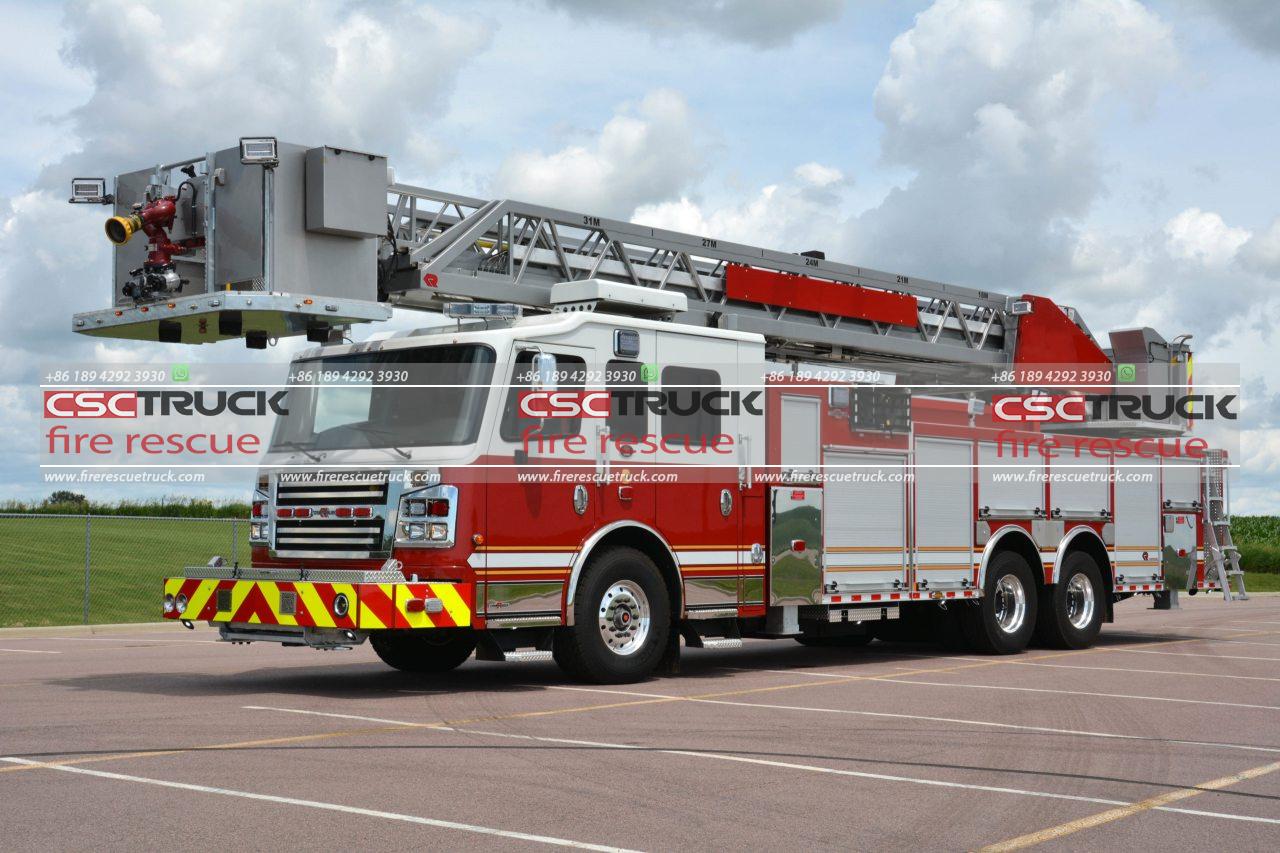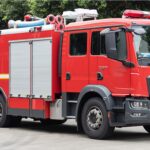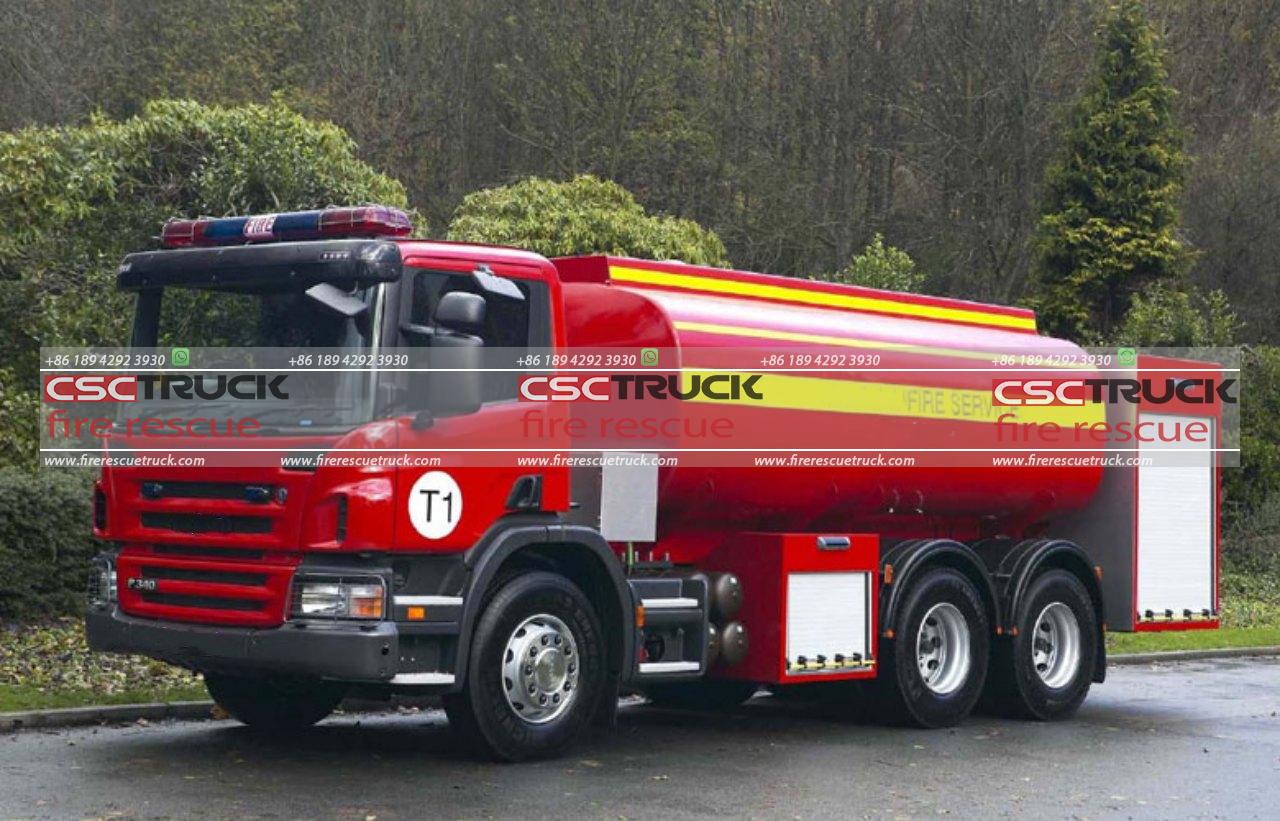Fire truck tankers play a critical role in firefighting operations, especially in areas where water supply may be limited or inaccessible. These specialized vehicles are designed to transport and deliver large quantities of water or firefighting agents to extinguish fires efficiently. Understanding the capabilities and functions of fire truck tankers is essential for effective firefighting strategies and emergency response planning.
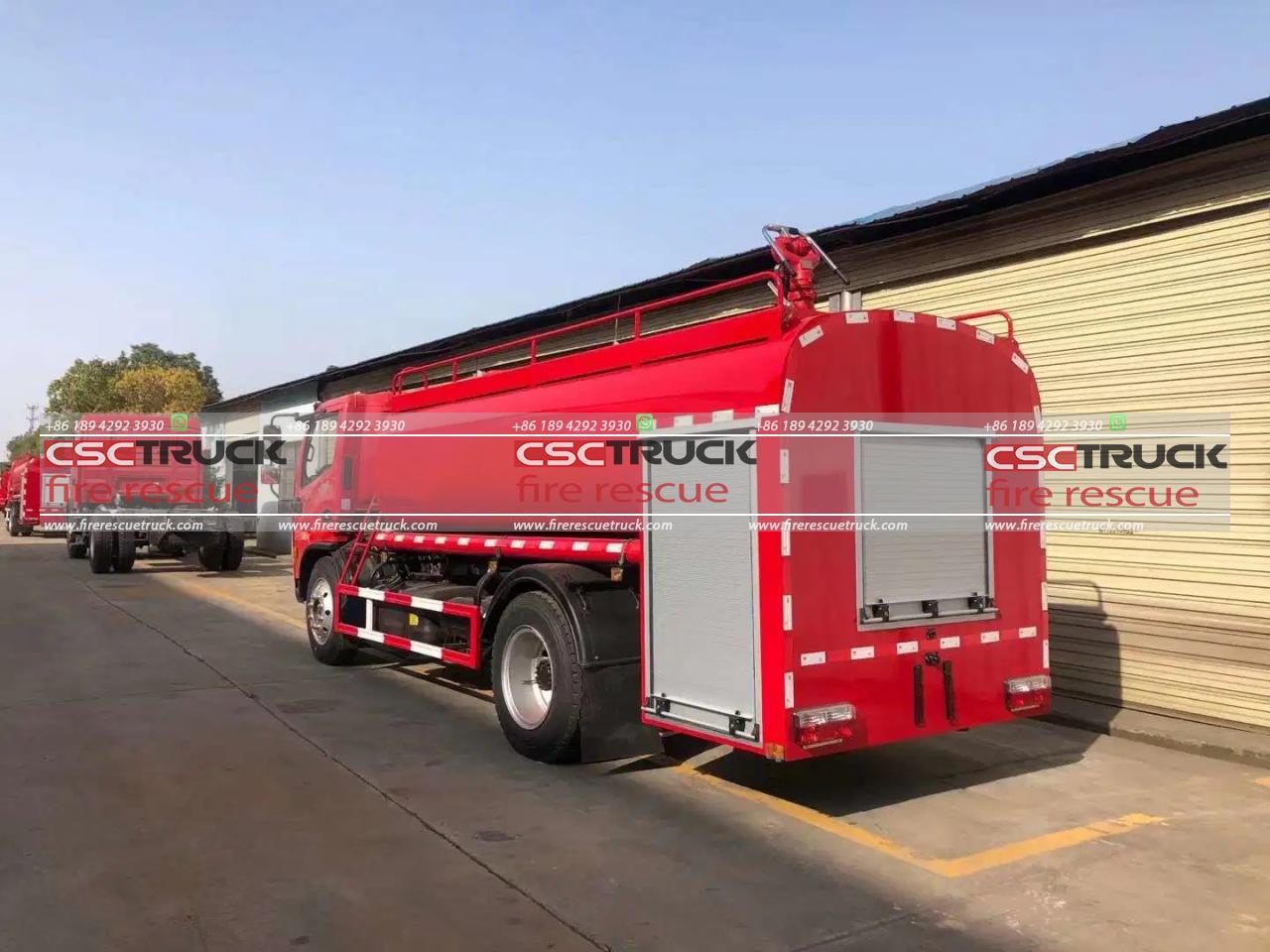
What is a Fire Truck Tanker?
A fire truck tanker, often referred to simply as a tanker or a water tender, is a specialized fire apparatus designed primarily for transporting water to the scene of a fire. Unlike traditional fire engines equipped with water tanks, tankers are specifically built to carry significant volumes of water, typically ranging from 1,000 to 5,000 gallons or more, depending on the size and configuration of the vehicle.
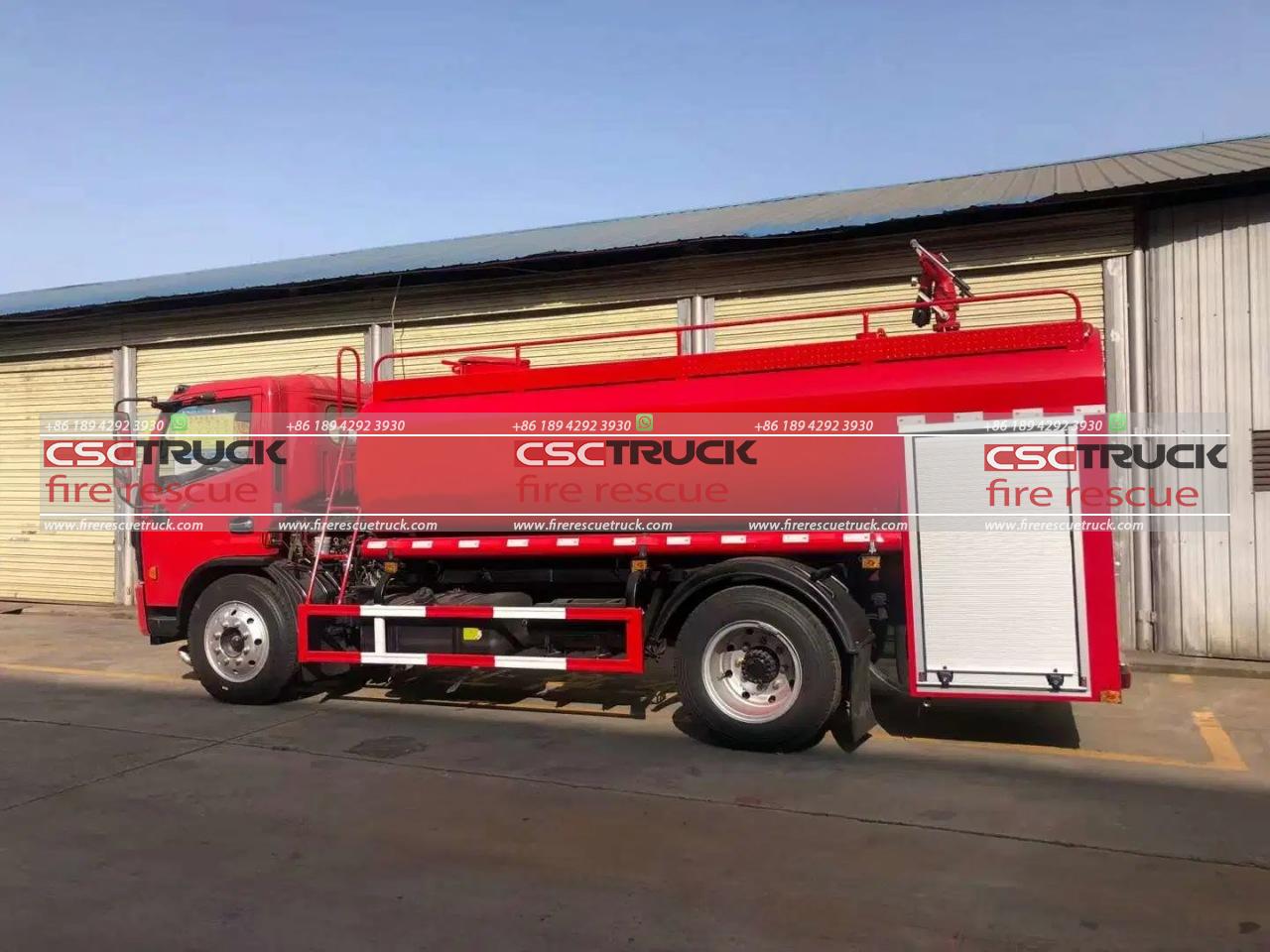
Key Components and Features:
1. Water Tank: The most prominent feature of a fire truck tanker is its large water tank, which is typically constructed from durable materials such as stainless steel or polyethylene. The capacity of the tank varies based on the vehicle’s size and intended use, with larger tankers capable of carrying several thousand gallons of water.
2. Pumping System: In addition to carrying water, fire truck tankers are equipped with pumping systems that allow them to discharge water onto the fire. These pumps can vary in capacity and capability, ranging from simple gravity-fed systems to high-pressure pumps capable of delivering water over long distances.
3. Hose and Nozzle: Fire truck tankers are equipped with hoses and nozzles for directing water onto the fire. These may be mounted on the vehicle itself or stored in compartments for easy access. The hoses are connected to the pumping system, allowing firefighters to control the flow and direction of water as needed.
4. Dump Valve: Some fire truck tankers are equipped with dump valves or chutes that allow them to offload water quickly into portable tanks or reservoirs at the fire scene. This feature is particularly useful in rural or remote areas where there may be limited access to hydrants or other water sources.
5. Safety Equipment: Fire truck tankers are equipped with a range of safety equipment, including emergency lighting, reflective markings, and firefighting gear for the crew. Additionally, many tankers are equipped with rollover protection systems and other safety features to protect firefighters during transport.
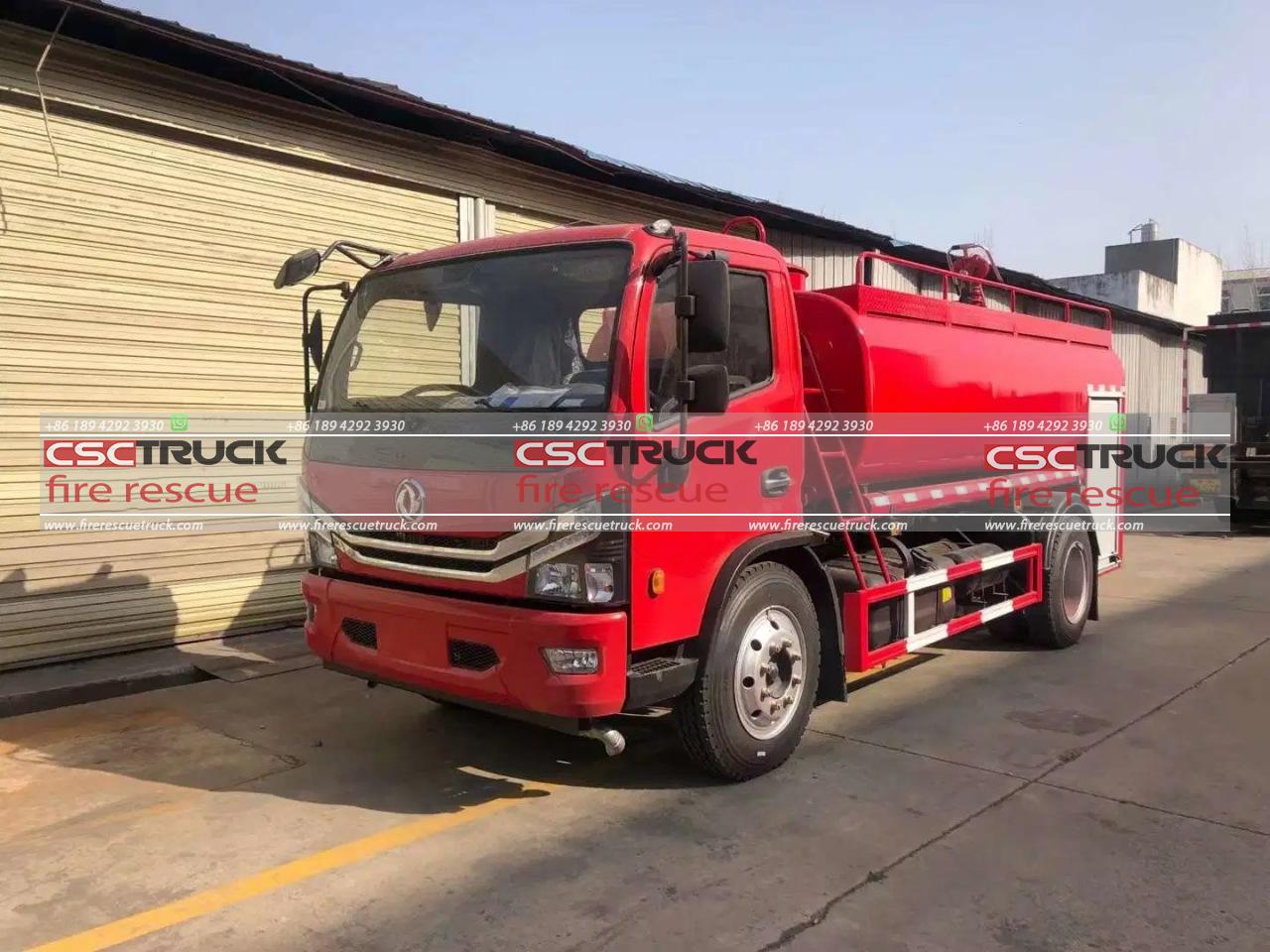
Types of Fire Truck Tankers:
1. Rural Tankers: Rural areas often lack access to municipal water supplies, making fire truck tankers essential for firefighting operations. Rural tankers are typically larger and carry higher volumes of water to compensate for the longer travel distances and limited water sources.
2. Airport Crash Fire Rescue (ARFF) Tankers: Airports require specialized firefighting equipment to respond to aircraft emergencies. ARFF tankers are designed to carry large volumes of water, foam, or other firefighting agents to extinguish fires and rescue passengers in the event of an aircraft crash quickly.
3. Industrial Tankers: Industrial facilities such as refineries, chemical plants, and manufacturing plants require specialized firefighting equipment to respond to potential hazards. Industrial tankers are equipped with features such as foam proportioning systems, hazardous materials storage, and specialized pumping capabilities to handle these unique challenges.
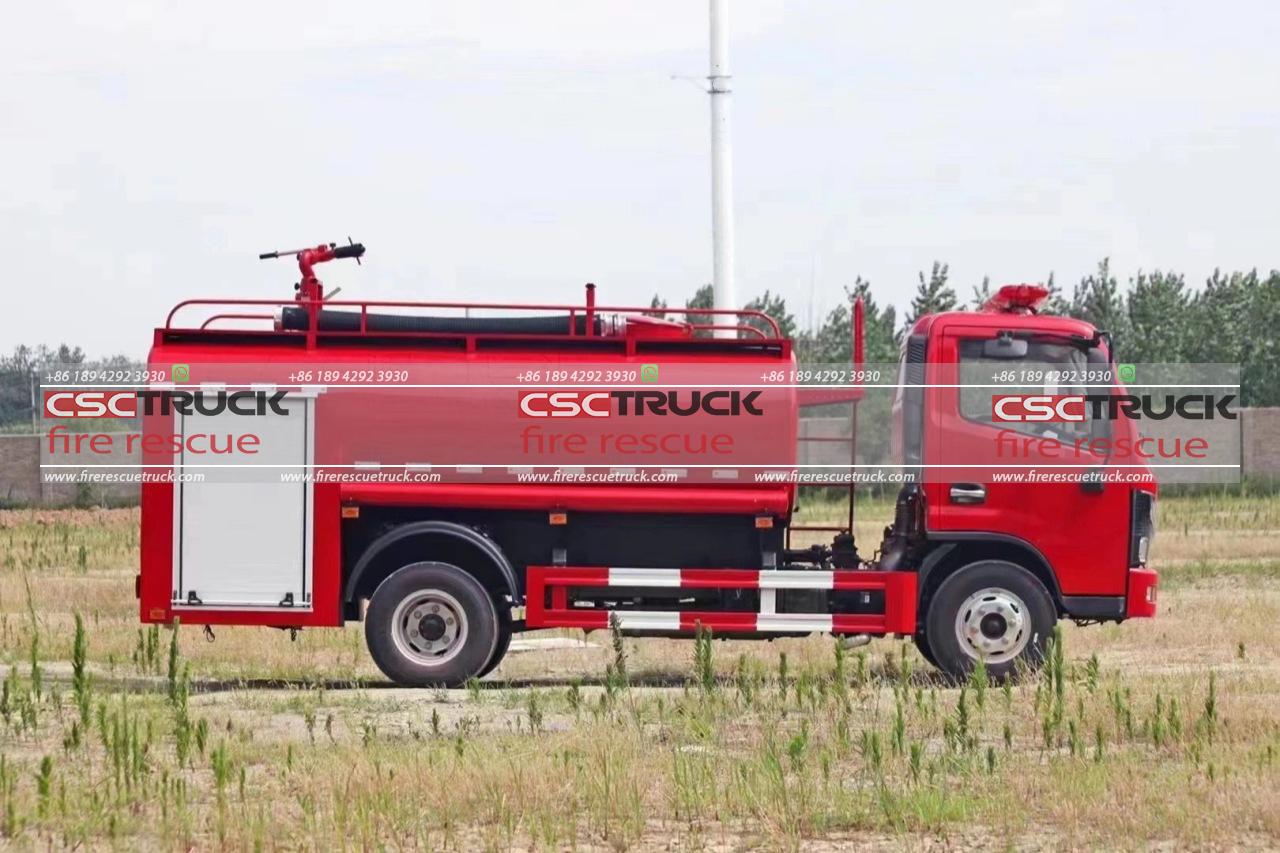
Applications and Uses:
Fire truck tankers are used in a wide range of firefighting scenarios, including:
1. Wildfires: Tankers play a crucial role in combating wildfires by providing water to remote areas where traditional water supplies may be scarce or nonexistent. They can shuttle water from nearby water sources or fill up at designated refill points to support ground crews and aerial firefighting operations.
2. Structure Fires: In rural or suburban areas without access to municipal water supplies, tankers are used to supply water to firefighting apparatus at the scene of structure fires. They can also be used to establish temporary water supply points or shuttle water from hydrants to the fire scene.
3. Emergency Response: Tankers are often deployed as part of emergency response teams to provide water for decontamination showers, firefighting operations, or other emergency services. They can also be used to support disaster relief efforts by providing water for drinking, sanitation, and firefighting purposes.
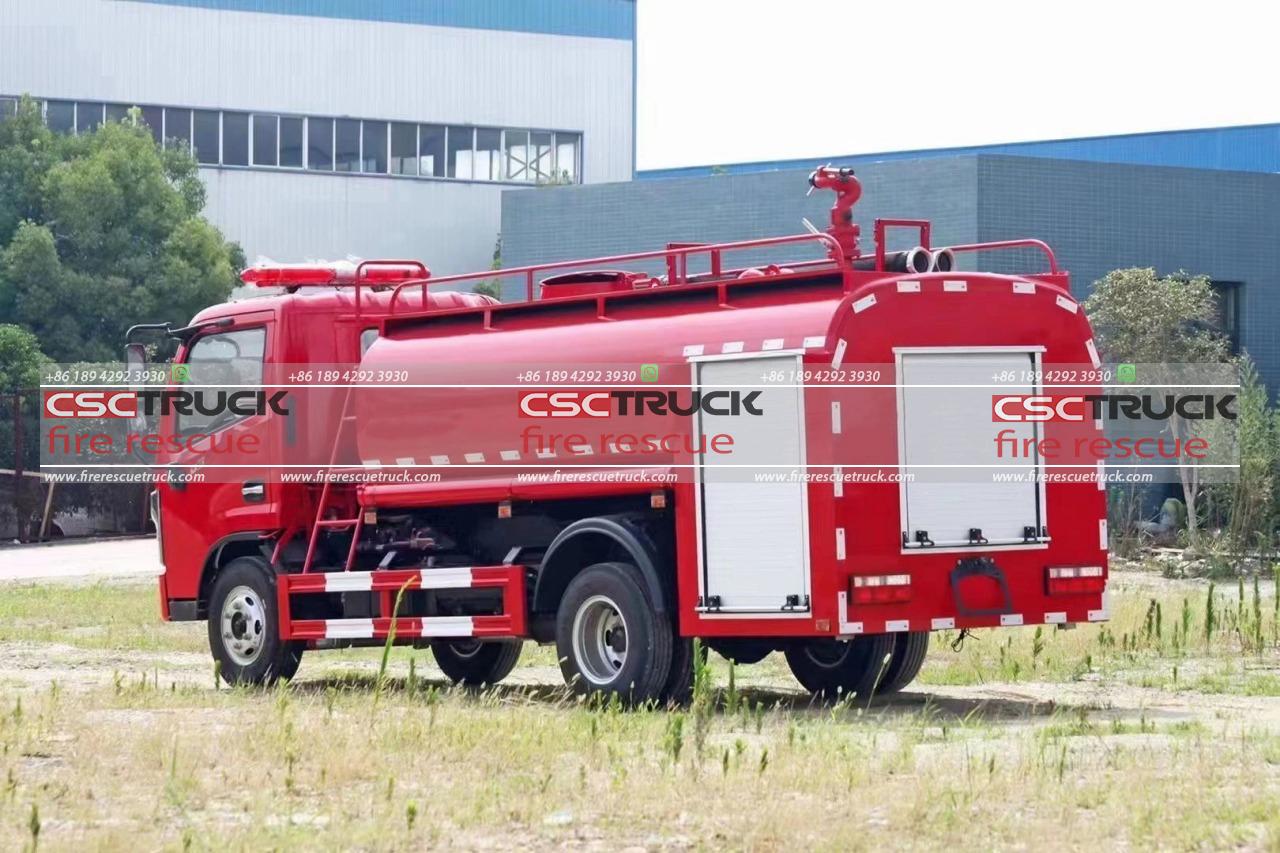
Conclusion:
Fire truck tankers are indispensable assets in firefighting operations, providing essential water supply capabilities in areas where traditional water infrastructure may be lacking. With their large water tanks, pumping systems, and specialized features, tankers play a critical role in extinguishing fires, protecting property, and saving lives. Understanding the functions and capabilities of fire truck tankers is essential for emergency responders, fire departments, and communities to effectively combat fires and ensure public safety.


